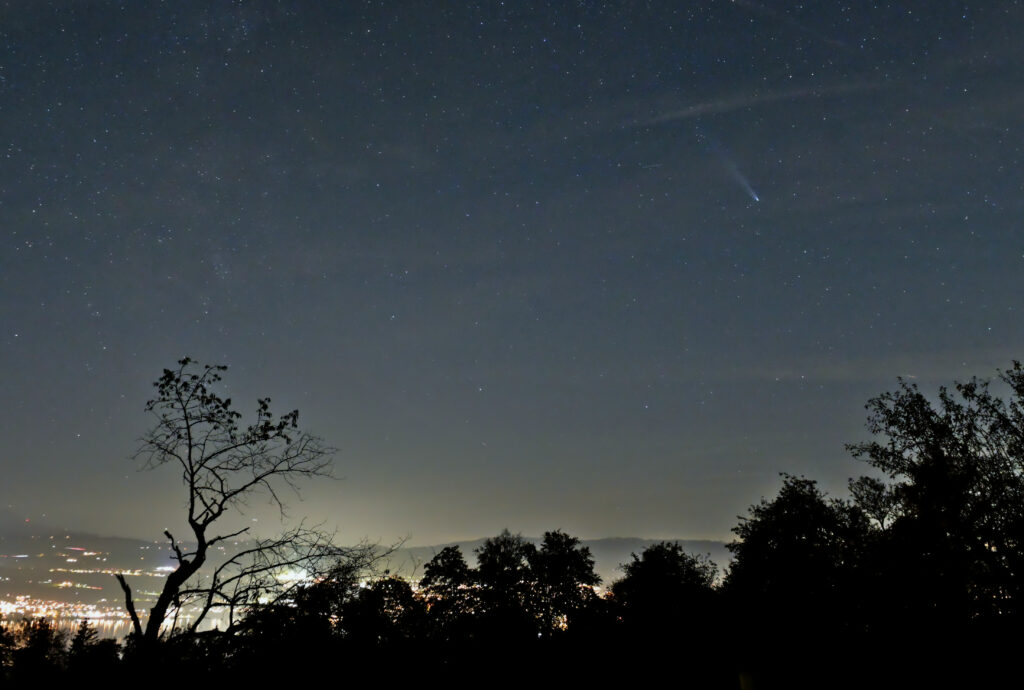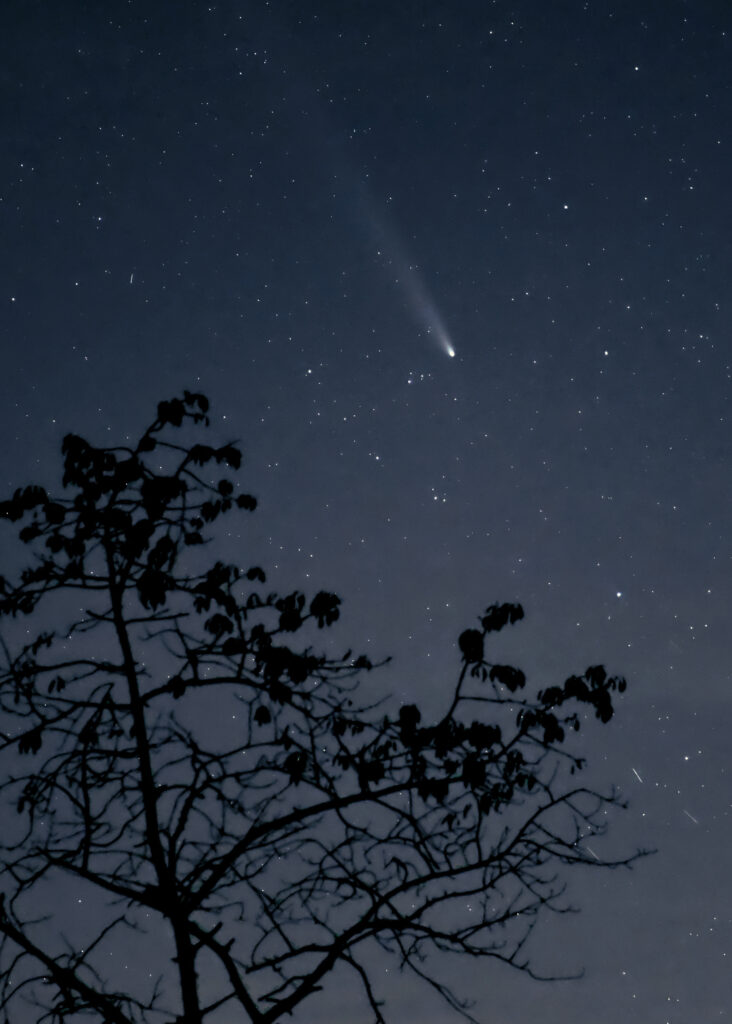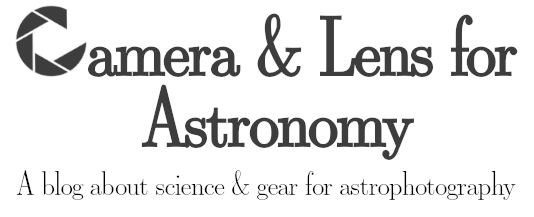Date published: 2024-10-22
Observing comet C/2023 A3 (Tsuchinshan-ATLAS) in late October 2024
On the evening of October 21, 2024, around 20:30 local time (Switzerland), I had the opportunity to observe the comet C/2023 A3 Tsuchinshan-ATLAS. Using my Nikon Z7 camera equipped with an AF-S Nikkor 24-70mm lens, I managed to capture the celestial visitor as it made its journey across the sky. My observation point, near Meilen at lake Zurich (Hinterer Pfannenstiel), is located at an altitude of approximately 720m, offering a good view towards the west where the comet was visible. Despite the estimated night sky brightness being enhanced to approximately 20.7 mag/arcsec2 due to light pollution, the comet was still detectable with the naked eye, especially when using the indirect vision method.
It was a truly remarkable sight!

Comet C/2023 A3 is currently making its way through the inner solar system, a rare event given its highly eccentric orbit. With an eccentricity of 1.0001, the comet’s orbit is almost parabolic, indicating that it is on a one-time journey from the Oort cloud. Its perihelion distance is only 0.391 AU from the Sun, bringing it quite close to our star. The inclination of its orbit is a steep 139.12°, and it reached perihelion on September 27, 2024.
The uniqueness of this comet lies not just in its orbit but in its brightness and visibility from Earth. Named after its discoverers at the Tsuchinshan Observatory and the ATLAS survey, this comet is giving skywatchers a rare treat. Comet C/2023 A3’s trajectory suggests it will never return, making this observation a once-in-a-lifetime event. The next few days (probably weeks) might still offer spectacular views, with the comet potentially being visible to the naked eye.

For those interested in its orbital elements, the semi-major axis is nearly 2861 AU, a testament to the vast distances it has traveled to reach us. Observing such a comet offers a glimpse into the outer reaches of our solar system and the mysterious objects that inhabit it. The comet’s current path marks a significant chapter in our understanding of these ancient icy travelers.
